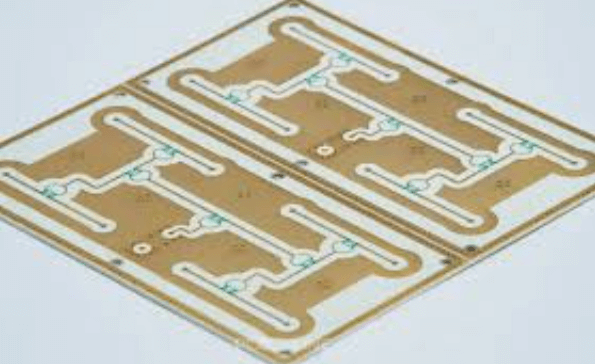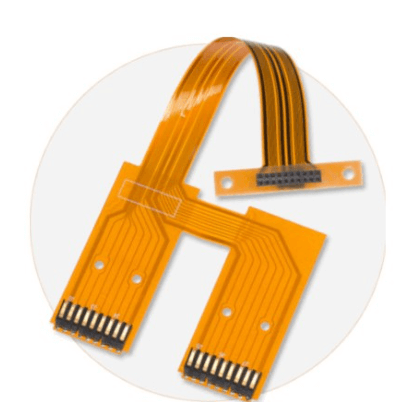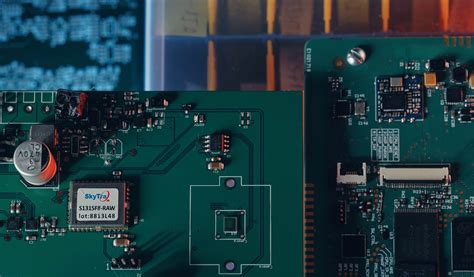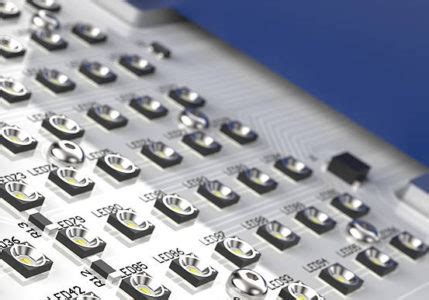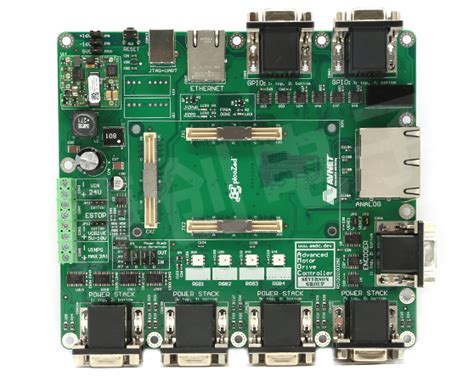PCB Quality Assurance: Ensuring Reliability and Performance in Electronics Manufacturing
Introduction
Printed Circuit Boards (PCBs) are the backbone of modern electronics, serving as the foundation for nearly all electronic devices, from smartphones to industrial machinery. As technology advances, the demand for high-quality, reliable PCBs has increased significantly. Quality Assurance (QA) in PCB manufacturing is crucial to ensure that the final product meets design specifications, performs reliably, and adheres to industry standards.
This article explores the key aspects of PCB Quality Assurance, including:
- The Importance of PCB Quality Assurance
- Key PCB Quality Standards and Certifications
- Common PCB Defects and Their Causes
- PCB Quality Control and Testing Methods
- Best Practices for Ensuring PCB Quality
By implementing robust QA processes, manufacturers can minimize defects, reduce costs, and enhance customer satisfaction
1. The Importance of PCB Quality Assurance
Quality Assurance in PCB manufacturing is essential for several reasons:
A. Reliability and Performance
- Faulty PCBs can lead to device failures, affecting functionality and safety.
- High-quality PCBs ensure stable performance in various environments (e.g., high temperature, humidity, and vibration).
B. Cost Efficiency
- Detecting defects early in production reduces scrap and rework costs.
- Poor-quality PCBs can lead to expensive recalls and warranty claims.
C. Compliance with Industry Standards
- Many industries (automotive, aerospace, medical) require strict adherence to quality standards (e.g., IPC, ISO, UL).
- Non-compliance can result in legal and financial repercussions.
D. Customer Satisfaction
- High-quality PCBs enhance brand reputation and customer trust.
- Reliable products lead to fewer returns and higher customer retention.

2. Key PCB Quality Standards and Certifications
To ensure consistency and reliability, PCB manufacturers must follow established industry standards. Some of the most important include:
A. IPC Standards
- IPC-A-600: Defines acceptability criteria for PCBs.
- IPC-6012: Specifies performance and qualification requirements for rigid PCBs.
- IPC-A-610: Covers acceptability of electronic assemblies.
B. ISO Certifications
- ISO 9001: Ensures quality management systems are in place.
- ISO 14001: Focuses on environmental management.
- IATF 16949: Automotive-specific quality management.
C. UL Certification
- Underwriters Laboratories (UL) certifies PCBs for safety and performance.
D. RoHS and REACH Compliance
- Restricts hazardous substances (e.g., lead, mercury) in PCBs.
Adhering to these standards ensures that PCBs meet global quality and safety requirements.

3. Common PCB Defects and Their Causes
Despite advancements in manufacturing, defects can still occur. Identifying and preventing these issues is critical for QA.
A. Soldering Defects
- Cold Solder Joints: Poor wetting leads to weak connections.
- Solder Bridges: Unintended connections causing short circuits.
- Solder Balling: Excess solder forms balls, risking electrical shorts.
B. PCB Fabrication Defects
- Delamination: Layers separate due to poor bonding or moisture.
- Copper Voids: Missing copper in traces, affecting conductivity.
- Misalignment: Drilled holes or layers are misaligned, causing functionality issues.
C. Component-Related Defects
- Tombstoning: One end of a surface-mount component lifts during soldering.
- Missing or Misplaced Components: Errors in pick-and-place assembly.
D. Electrical Issues
- Open Circuits: Broken traces disrupt current flow.
- Short Circuits: Unintended connections between traces.
Understanding these defects helps manufacturers implement corrective measures.
4. PCB Quality Control and Testing Methods
To detect and prevent defects, manufacturers use various testing techniques:
A. Visual Inspection (Manual & Automated Optical Inspection – AOI)
- Manual checks by technicians.
- AOI uses cameras to scan for defects like misalignment, missing components, or soldering issues.
B. Electrical Testing
- Flying Probe Test: Checks connectivity and electrical performance.
- In-Circuit Test (ICT): Verifies component functionality.
C. Functional Testing
- Ensures the PCB operates as intended in real-world conditions.
D. Environmental Stress Testing
- Thermal Cycling: Tests performance under temperature variations.
- Vibration & Shock Testing: Ensures durability in harsh environments.
E. X-Ray Inspection (AXI)
- Detects hidden defects like voids in solder joints or internal layer misalignment.
By combining these methods, manufacturers can achieve high defect detection rates.
5. Best Practices for Ensuring PCB Quality
To maintain high-quality PCB production, manufacturers should follow these best practices:
A. Design for Manufacturability (DFM)
- Collaborate with designers to optimize layouts for production.
- Avoid overly complex designs that increase defect risks.
B. Supplier Quality Management
- Source materials from certified suppliers.
- Conduct audits to ensure consistency.
C. Process Control & Documentation
- Implement Statistical Process Control (SPC) to monitor production.
- Maintain detailed records for traceability.
D. Continuous Improvement
- Analyze defect trends and implement corrective actions.
- Train staff on the latest QA techniques.
E. Advanced Manufacturing Technologies
- Use automated assembly to reduce human error.
- Implement AI-driven inspection for higher accuracy.
Conclusion
PCB Quality Assurance is a critical aspect of electronics manufacturing, ensuring reliability, compliance, and customer satisfaction. By adhering to industry standards, implementing rigorous testing methods, and following best practices, manufacturers can produce high-quality PCBs that meet the demands of modern technology.
Investing in robust QA processes not only reduces costs but also enhances product performance, positioning companies as leaders in the competitive electronics market. As PCB technology evolves, continuous improvement in quality assurance will remain essential for success.


